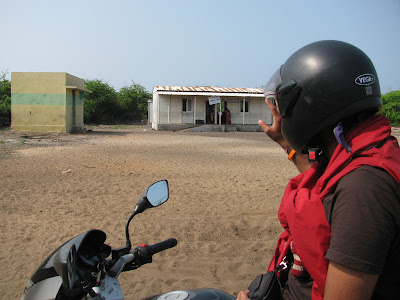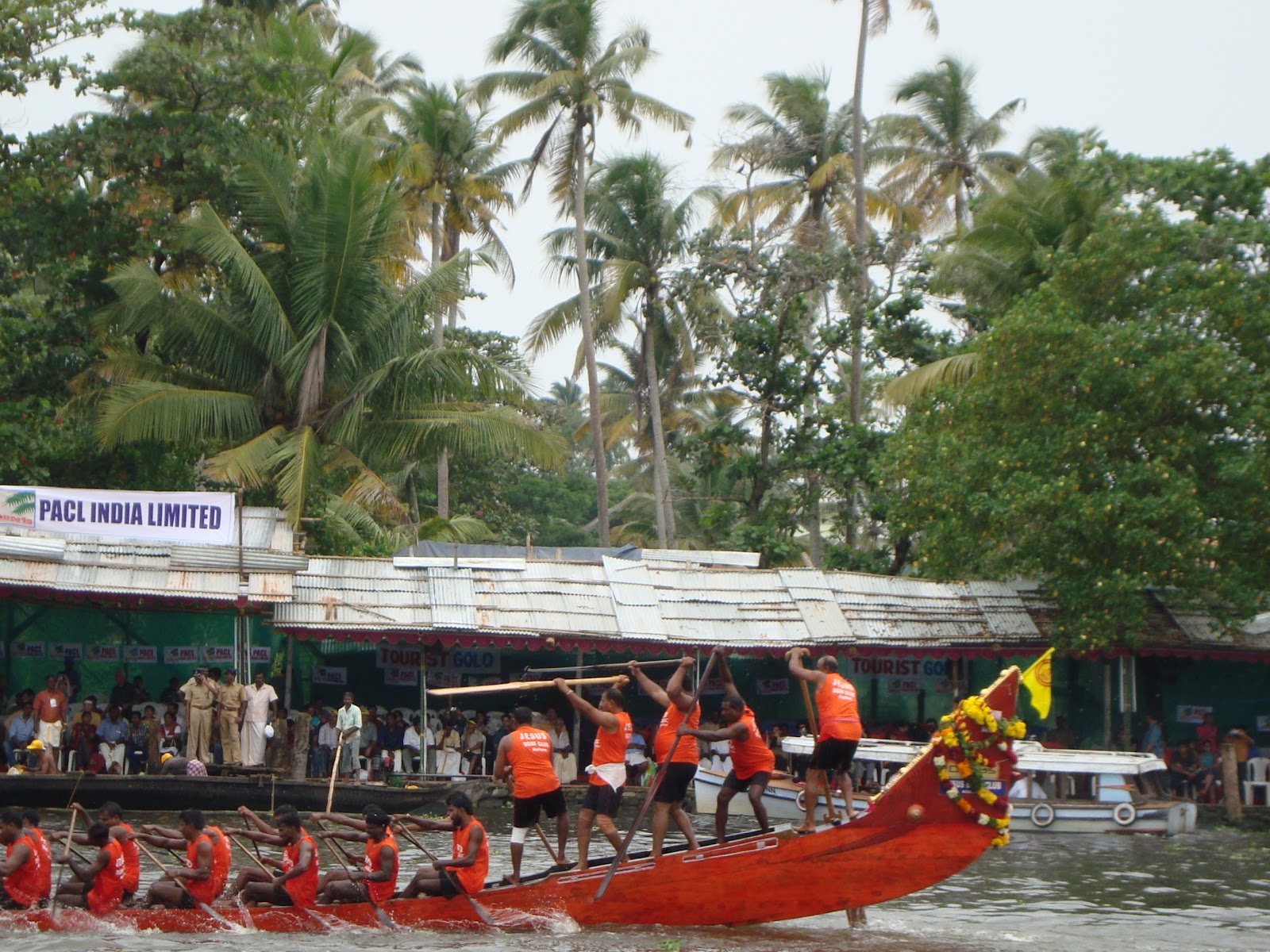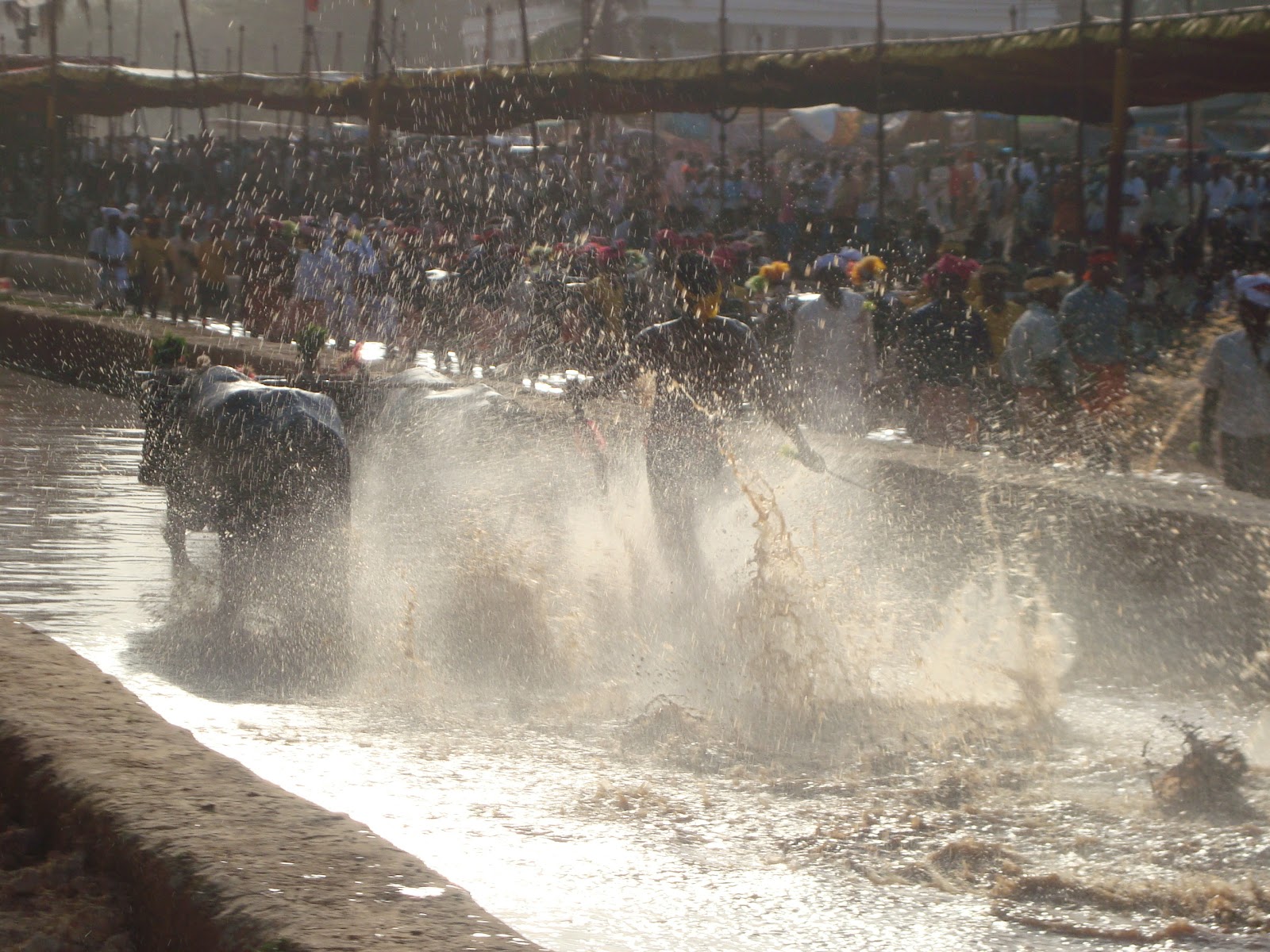16. Banashankari Amma Temple, Badami
Banashankari Amma Temple or Banashankari temple is a Hindu shrine located atCholachagudd near Badami, in Bagalkot district, Karnataka, India. The temple is popularly called Banashankari or Vanashankarisince it is located in the Tilakaaranya forest. The temple deity is also called the Shakambhari , an incarnation of the goddess Parvati.
The temple attracts devotees from Karnataka as well as the neighbouring state of Maharashtra. The original temple was built by the 7th century Kalyani Chalukya kings, who worshipped goddess Banashankari as their tutelary deity. The current 18th century structure was built by a Maratha chieftain. The temple celebrates its annual festival called Banashankari jatre, in the months of January or February. The festival comprises cultural programmes, boat festival as well as a Rath yatra, when the temple goddess is paraded around the city in a chariot.
17. Renuka Yallamma Temple, Saundatti
The temple of Goddess Yellamma or Sri Renukadevi is a popular pilgrimage site for Shakti devotees. Every day, hundreds of pilgrims visit the temple with great devotion. The congregation is especially large, crossing the ten lakh mark on two auspicious days Banada Hunime andBharathi Hunime. The century-old temple of Yellamma is situated atop Yellamagudda, amidst picturesque Ramalinga Hills about 5 km from Savadatti. Between Savadatti and the temple is the magnificent fort of Parashghad, dating back to the 10th century.
18. Shri Mahalingeshwara Temple, Puttur
Sri Mahalingeshwara Temple: This is an ancient temple of said to be built in 11-12th Century, Lord Shiva (popularly known as Puttur Mahalingeshwara) is main deity of this temple. You will find the photo/idle of this deity in most of the houses/shops in the entire puttur taluk as the deity is believed to be the protector of Puttur Taluk. In the premises of this temple we find unique pond on the western side. It is said that in olden days pearls were found to be growing in the pond. In the local dialect muttu means pearls, which brought the name Mutthur to this place later called as Puttur.
Famous Puttur Kambala is organised in front of the temple premises during the month of November.
Ancient Temples of archaeological importance
19. Badami cave temples
The Badami cave temples are a complex of temples located at Badami, a town in the Bagalkot District in the north part of Karnataka. They are considered an example of Indian rock-cut architecture, especially Badami Chalukya Architecture. Badami, the capital of the Early Chalukyas, who ruled much of Karnataka in the 6th to 8th centuries, lies at the mouth of a ravine with rocky hills on either side and a town tank in which water from the ravine flows. The town is known for its ancient cave temples carved out of the sandstone hills above Cave 1 (Shiva), Cave 2 (Vishnu as Trivikrama or Vamana, Varaha and Krishna), Cave 3 (Vishnu as Narasimha, Varaha, Harihara and Trivikrama.) and Cave 4 (Jain Tirthankara Parsvanatha)
20. Temples of Pattadakal
The group of 8th century monuments in Pattadakal are the culmination of the earliest experiments in the vesara style of Hindu temple architecture. The town displays both Dravidian (Southern) and the Nagara (Northern, Indo-Aryan) styles of temple architecture. Group of temples include Virupaksha Temple, Sangameshvara Temple, Mallikarjuna Temple, Kashivisvanatha Temple, Kadasiddhesvara and Jambulingeswara temples, Galganatha temple, Jain Temple
21. Aihole Temple Complex
Aihoḷe (ಐಹೊಳೆ) is a temple complex in the Bagalkot district of Karnataka, India. It is a very popular tourist spot in north Karnataka. It lies to the east of Pattadakal, along the Malaprabha River, while Badami is to the west of both. Aihoḷe was known as Ayyavoḷe and Aryapura in its inscriptions. It was a prominent city of the Chalukya Dynasty. A place known by the name Morera Angadigalu near the Meguti hillocks has a large number of cists of pre-historic period. The place was an agraharam. The village has 125 temples divided into 22 groups by the archaeological department. Aihoḷe has been described as one of the cradles of temple architecture. Of late some brick structures of pre-Chalukyan times have also been excavated. It must have been a great ancient city, a commercial centre as well, with the federation of trade guilds having its headquarters here.
22. Chennakeshava Temple, Belur
Chennakeshava temple complex contains the Chennakesava Temple (dedicated to Chennakeshava, meaning handsome Vishnu) as the centre piece, surrounded by the Kappe Chennigraya temple built by Shantaladevi, queen of king Vishnuvardhana. The temple is one of the finest examples of Hoysala architecture. It was built by king Vishnuvardhana in commemoration of his victory over the Cholas.




























































